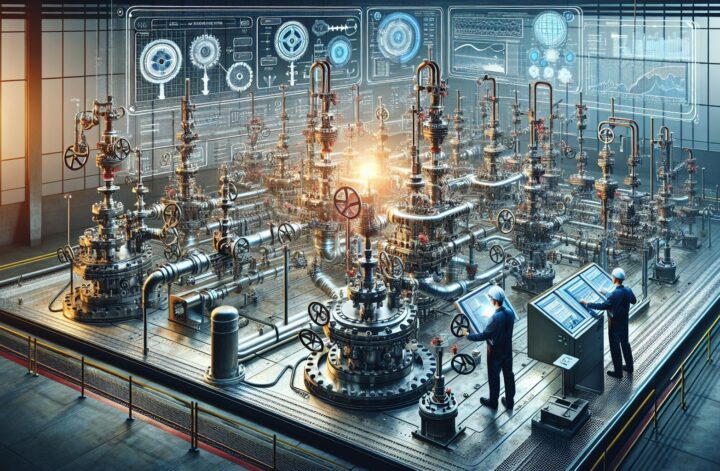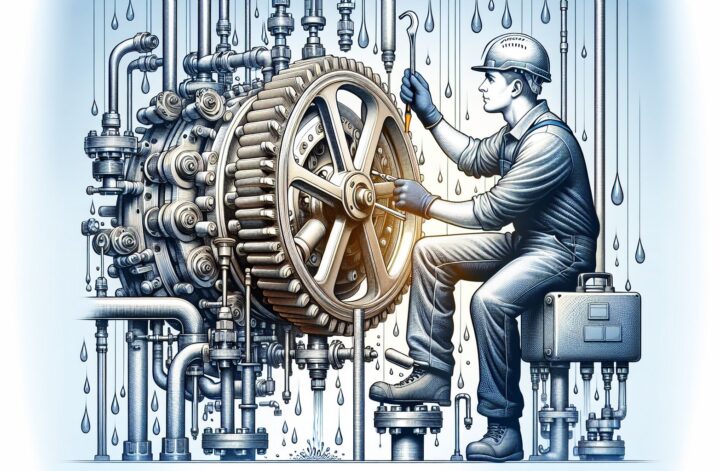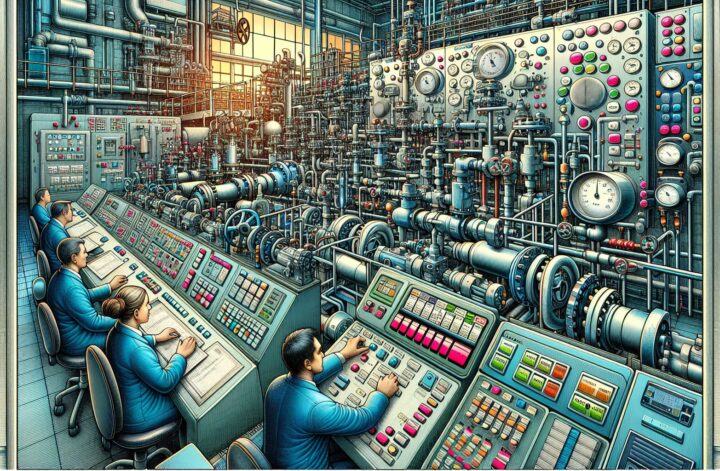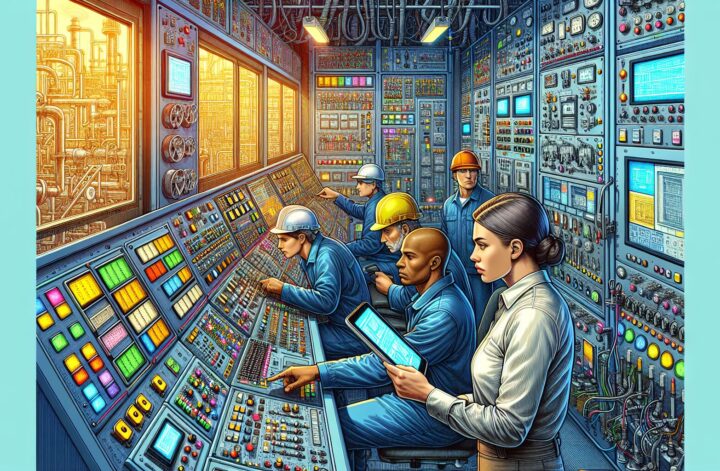Industrial valves play a massive role in our lives. They help control essential elements in numerous industries, from water treatment to petroleum, chemical processing to power generation. But to ensure their efficiency and precision, optimizing these valves is crucial. Hence, the subject of our talk today: valve control optimization.
Valve control optimization focuses on improving the operational parameters and control strategies to deliver enhanced performance, energy efficiency and prolonged system lifespan. A well-optimized system will offer precise control while minimizing energy waste and guaranteeing safety. Let’s dive deeper, and explore the intriguing world of valve control optimization!
Understanding the Basics
Before we start discussing how we can optimize our valve controls, let’s establish the basics first. What are industrial control valves? Well, control valves regulate the flow of fluids through the pipes in large industrial systems. They can either be configured manually or automatically by using advanced software and control algorithms.
The essential parts of a control valve include a valve body, actuator and a positioner. Each component plays a hugely integral role to the overall functionality of a valve. Optimization, therefore, refers to enhancing the efficiency of these components and ensuring their flawless coordinationDixon.
Necessity of Valve Control Optimization
Industries are under constant pressure to enhance their operational efficiency. On top of that, maintaining process safety and ensuring maximum system uptime are also vital considerations. Valve control optimization goes a long way in achieving these goals. Better valve performance will lead to precise control, thereby leading to energy savings and minimized wear and tear.
Regular maintenance and valve control calibration help detect early signs of wear or damage and correct them on-time before they snowball into larger issues. Through optimization, you are also able to increase the lifespan of your valves, thereby providing serious cost benefits in the long run.
The Optimization Process
There are several steps to optimize your valve controls, and they typically involve:
-
Measurement: One must accurately measure process variables including temperature, pressure and fluid flow.
-
Diagnosis: Identify any operational issues that might negatively impact valve performance.
-
Optimizing decision: This involves utilizing control algorithms to make optimizing decisions.
-
Adjust and Act: Adjust the controlled variable to achieve optimal operation.
To effectively implement these steps, several techniques can be used:
-
Use of advanced valve control software. This aids in better monitoring, diagnosis and adjustment of the system. It can also help establish control algorithms that manage and control valve behaviourFisher Valves.
-
Regular maintenance and calibration. This helps in ensuring that the valves are operating at their best efficiency and that the measurements are accurate.
-
Use of good design practices to minimize friction, ensure linear flow passage, and minimize possibilities of cavitation.
Final Thoughts
While valve control optimization may sound technical or complex, it is an essential aspect in many industrial processes. Ensuring that valves are operated optimally not only enhances efficiency and safety, but it also provides longer valve lifespan and results in cost savings.
Indeed, optimization may involve integrating automated systems, incorporating good design practices, and staying on schedule with regular maintenance and calibration. However, the advantages in terms of efficiency, safety, and valve longevity, will outweigh the efforts of optimization.
Valve control optimization is a continuous process. The complexity of modern industrial systems means adjustments and calibrations have to be done regularly to keep up with dynamic operating conditions. As each day dawns, newer and better algorithms will continue to enhance this process for even greater optimization. The future of valve control optimization is indeed exciting, and we all can’t wait to see what it has in store!
Sources:
- Dixon Valve & Coupling, Understanding Valve Design and Alloys – https://www.dixonvalve.com/blog/understanding-valve-design-and-alloys
- Fisher Valves, Control Valves – https://www.fisher.com/en-us/products/control-valves




